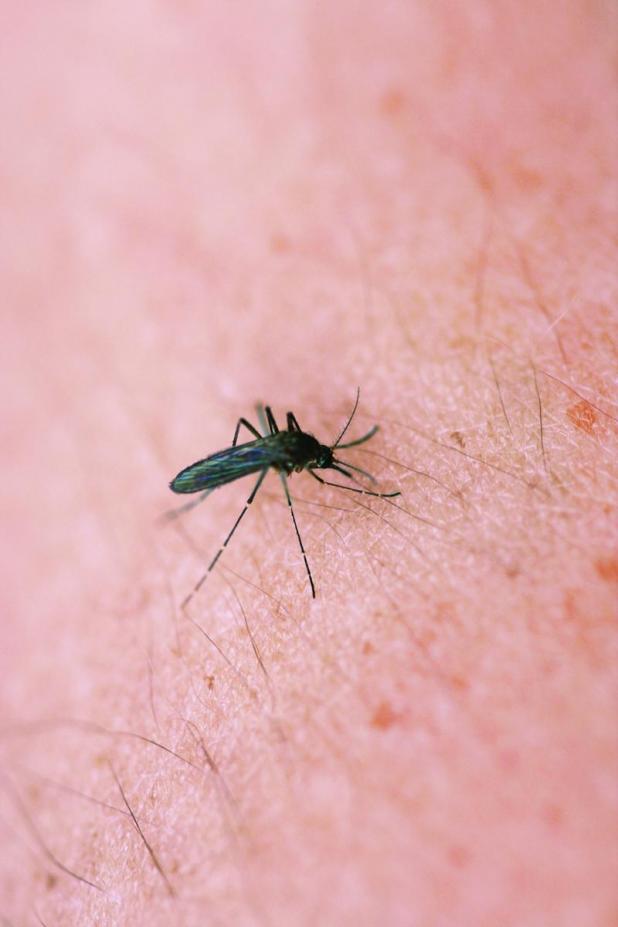
AgCenter: Insect-borne diseases rising
BATON ROUGE — Louisiana is known for its picturesque swamps and marshes, but these places are also home to the state’s “unofficial” state bird — the mosquito. They are just one pest prevalent in Louisiana and are vectors of numerous diseases harmful to humans.
According to the Centers for Disease Control and Prevention, insect-borne diseases are on the rise. The CDC cites ticks, mosquitoes and fleas as being responsible for an increase of illnesses such as Lyme disease, West Nile and Zika viruses.
Kristen Healy, a medical entomologist with the LSU AgCenter, said ticks cause most cases involving human infection.
“In the northeastern United States, about 50 percent of adult ticks are infected with the pathogen that causes Lyme disease,” she said.
Lyme disease is more common in the northeastern U.S. than in Louisiana, Healy said. Ticks in the Northeast are more likely to feed on rodents, and these rodents are more likely to be carriers of the pathogen that causes the disease.
Ticks in Louisiana are more prone to feeding on reptiles such as lizards and snakes, which are not common carriers of Lyme disease.
Healy said another factor leading to an increase in insect-borne diseases is improved medical diagnostic tools, leading to more human cases being identified.
“Public awareness has also contributed to a higher number of cases being diagnosed,” Healy said. “People hear about the diseases, such as Zika, and are more likely to seek medical attention if they show symptoms of it.”
Some populations are completely susceptible to new diseases or diseases from another region of the world, Healy said. The reason is the population has no immunity because of not having prior exposure.
While ticks are responsible for most cases, mosquitoes are next in helping to spread diseases and viruses. And with Louisiana’s hot and humid climate, mosquitoes thrive.
West Nile virus is spread through mosquitoes, typically the southern house mosquito. Birds are carriers of West Nile, and the southern house mosquito prefers to feed on birds. People get West Nile through the bite of a mosquito that has previously fed on an infected bird.
Florida health officials are concerned with the possibility of yellow fever re-emerging. Yellow fever cases have been occurring in South America at an alarming pace, with more than 200 deaths in Brazil, according to the Pan American Health Organization.
Officials fear infected travelers from South America may be bitten by mosquitoes and spread yellow fever.
South Florida is home to Aedes aegypti, also known as the yellow fever mosquito. This mosquito is often found in urban areas and is known to carry the Zika virus as well.
“Unfortunately, many important mosquito viruses, such as yellow fever, are only a plane ride away,” Healy said. She recommends anyone travelling to yellow fever hotspots such as Brazil should be vaccinated.
“To help avoid being bitten by mosquitoes, you should wear long sleeves and apply an Environmental Protection Agency-approved insect repellant,” Healy said. “You should also perform tick checks if you have been in areas that may contain ticks.”
